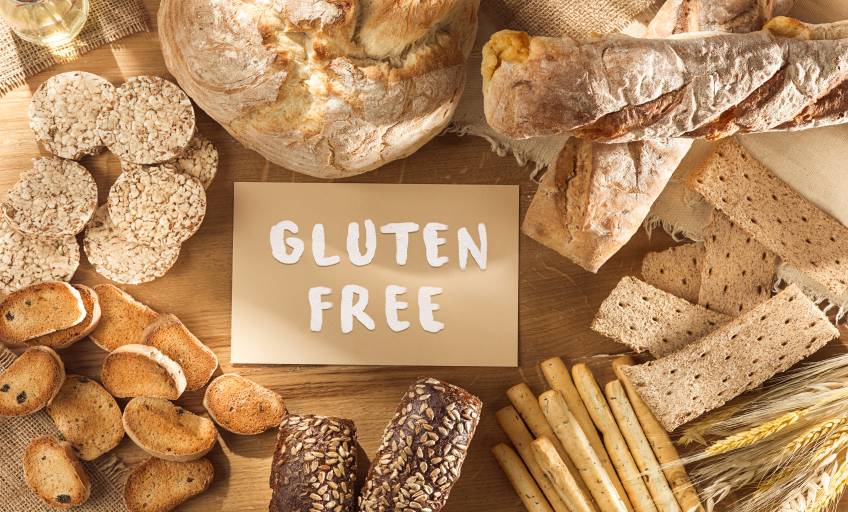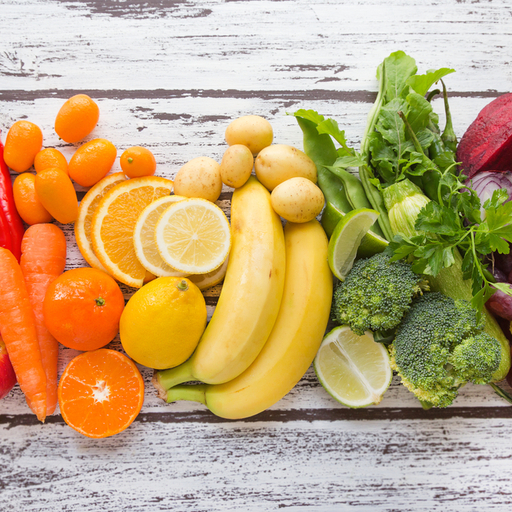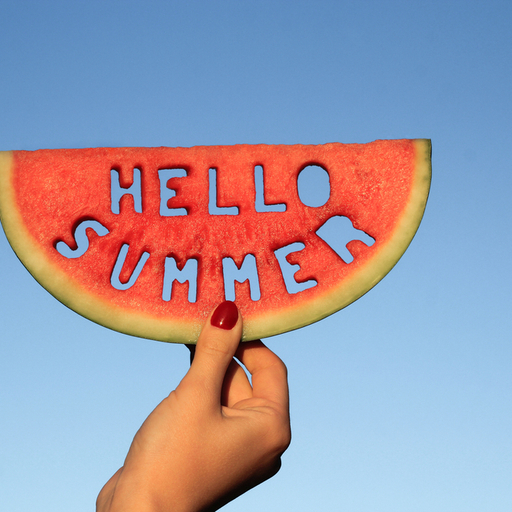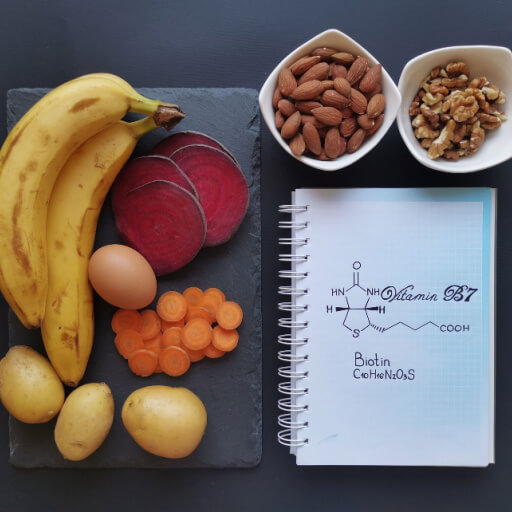Key Takeaways
- Gluten in wheat, barley, rye, and triticale may raise blood sugar.
- Substitute gluten-filled foods with hummus, spinach, broccoli, apples, oranges, kidney beans, and eggs.
- A gluten-free diet, essential for individuals with celiac disease or gluten sensitivity, is not necessary for managing diabetes unless these conditions coexist. Take advice from your healthcare provider.
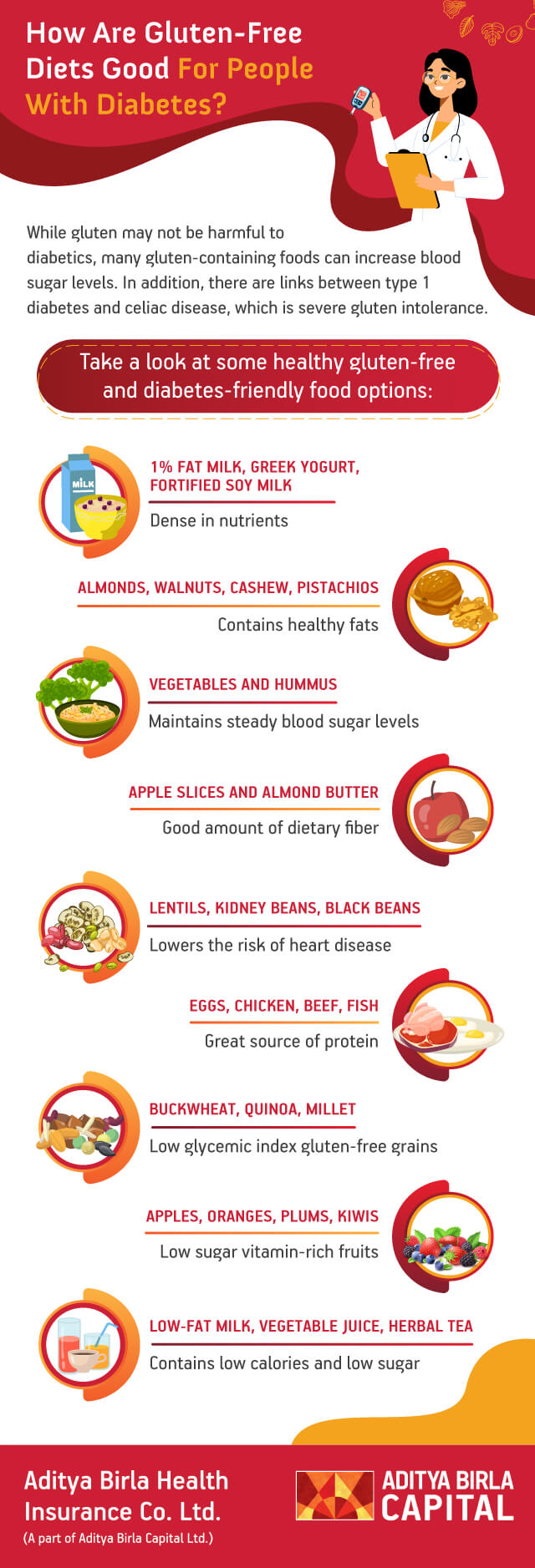
While gluten is not harmful, it can raise your ब्लड शुगर की मात्रा. अगर आपमें डायग्नोस किया गया है सीलिएक रोग या नॉन-सीलिएक ग्लूटेन सेंसिटिविटी और टाइप 1 डायबिटीज, तो ऐसे भोजन से बचें जिनमें ग्लूटेन होता है.
इनके बारे में जानें:
Managing type 1 diabetes with a gluten-free diet
Type 1 diabetes and celiac disease are closely linked, as both of them are autoimmune conditions and lead to severe gluten intolerance in the body. Many patients with type 1 diabetes also have celiac disease. Having celiac disease makes it difficult to manage diabetes symptoms. In such cases, turn to a gluten-free diet for diabetes and foods that keep your blood sugar level steady.
The main grains that contain gluten are wheat, barley, rye, and triticale (a mixture of wheat and rye). These grains are in pasta, bread, potato chips, cereal, cookies, and crackers. Avoid these foods if you are sensitive to gluten.
- Some alternatives for gluten-free grains include buckwheat, quinoa, millet, and certified gluten-free oats with a low glycemic index.
- You can also include nutrient-dense foods such as Greek yogurt, fortified soy milk and 1% fat milk.
- You can substitute gluten-filled foods with low-carb, gluten-free foods by consuming hummus or vegetables like spinach, broccoli, onions, and carrots that maintain a steady blood glucose level.
- Healthy fats include nut-based flour, beans, and seeds, while apple slices and almond butter contain a good amount of dietary fiber.
- Besides lentils, black beans, and kidney beans, which lower the risk of heart diseases, eggs, chicken, beef, and fish are examples of great sources of protein.
- Opt for unsweetened whole fruits like apples, kiwis, oranges, and avocados, as well as low-calorie and low-sugar beverages such as herbal tea and low-fat milk.
जब आप gluten-free diet for diabetes, your intestine begins to heal as you absorb more nutrients, which can sometimes cause a spike in your blood sugar levels. So, you must pay attention to your ब्लड शुगर की मात्रा. ये gluten-free diet for diabetes can make it hard to get the recommended amount of fiber (which also helps keep blood sugar steady). But you can get fiber by including vegetables in your diet, which are excellent for managing diabetes. Beans, seeds, and nuts are also excellent sources of fiber. For instance, try swapping pasta for zucchini spirals to enhance your meal’s nutritional value.
A gluten-free diet, while essential for individuals with celiac disease or gluten sensitivity, is not inherently beneficial or necessary for managing diabetes unless these conditions coexist. However, adopting a gluten-free diet can manage blood sugar and overall health in diabetics. Consult a healthcare provider or dietitian to ensure that dietary changes support overall health and diabetes management goals..
Stay tuned to the Activ Living Community. Keep up to date with the latest health tips and trends through expert videos, podcasts, articles, and much more on पोषण, फिटनेस, सचेतन, और लाइफस्टाइल से जुड़ी बीमारियां like Asthma, Blood Pressure, Cholesterol, and Diabetes. Activ Living ke saath sahi sehat ki shuruat ABHI karo.
You may also be interested in the following blogs:
Popular Searches
How to lower blood pressure | Fruits good for liver | Unhealthy foods | रागी के लाभ | बेसल मेटाबोलिक रेट | हाई ब्लड प्रेशर के लिए एक्यूप्रेशर पॉइंट्स | Ayurvedic medicine for blood pressure | How to control cholesterol at home | Homeopathy for Asthma | Biological Age | Home remedies for TB | Natural beta blockers | Negative effects of internet | Types of walking | ब्लड प्रेशर कैलकुलेटर | ब्लड शुगर कैलकुलेटर | BMI कैलकुलेटर





 1800-270-7000
1800-270-7000


